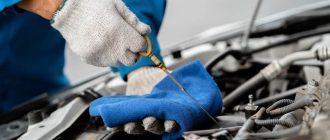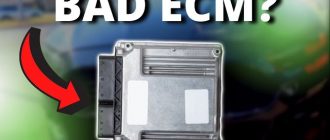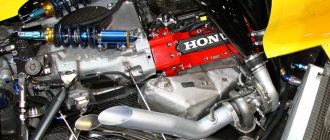## Do New Cars Need the Engine Broken In?
The Great Debate
For decades, the topic of engine break-in has been a source of debate among car enthusiasts and manufacturers alike. Traditionally, it was believed that new cars required a period of careful driving to allow engine components to seat properly, preventing premature wear and ensuring optimal performance. However, in recent years, some manufacturers have questioned the necessity of a break-in period, claiming that modern engine designs and manufacturing techniques render it obsolete.
The Purpose of Engine Break-In
The primary purpose of engine break-in is to allow the moving parts within the engine to mate and form a smooth, wear-resistant surface. During the break-in period, various components, including pistons, rings, cylinders, and bearings, gradually rub against each other, removing microscopic imperfections and creating a more precise fit. This process helps to reduce friction, improve efficiency, and increase the engine’s lifespan.
The Evolution of Engine Design and Manufacturing
Advances in engine design and manufacturing techniques have significantly reduced the need for a formal break-in period. Modern engines are precision-engineered and assembled with tighter tolerances, minimizing the need for extensive磨合. Additionally, the use of synthetic lubricants and metal coatings further reduces friction and wear, eliminating the need for extended periods of gentle driving.
Manufacturers’ Recommendations
Car manufacturers have been gradually revising their recommendations for engine break-in. Many now advocate for a more relaxed approach, emphasizing the avoidance of extreme load conditions during the first few hundred miles rather than adhering to strict speed or RPM limits. This approach recognizes the improved materials and manufacturing processes used in modern engines.
The Need for Common Sense
While manufacturers may have reduced the formal break-in period, it is still prudent to exercise common sense when operating a new car. Excessive engine speed or heavy loads should be avoided during the initial miles until the engine has had an opportunity to settle in. This allows components to gradually acclimate and reduces the risk of premature wear or damage.
Driving Habits During the Break-In Period
During the break-in period, it is recommended to:
* **Avoid extended periods of idling:** Idling can promote the accumulation of condensation and unburned fuel, leading to carbon buildup and reduced engine efficiency.
* **Vary engine speed:** Gradually vary the engine speed during driving to allow different components to engage and mate.
* **Use moderate acceleration:** Avoid heavy acceleration or full throttle maneuvers, as they put stress on the engine and drivetrain.
* **Monitor engine temperature:** Pay attention to the engine temperature gauge and avoid overheating, which can cause damage to internal components.
* **Follow manufacturer’s guidelines:** Refer to the owner’s manual for specific break-in recommendations, as they may vary between different makes and models.
Conclusion
The need for engine break-in has evolved over time, with modern engine designs and manufacturing techniques significantly reducing the traditional requirements. While some manufacturers advocate for a reduced break-in period, it is still prudent to exercise common sense and follow basic driving guidelines during the initial miles. By driving responsibly and avoiding extreme load conditions, you can help ensure that your new car’s engine will operate efficiently and reliably for years to come.




